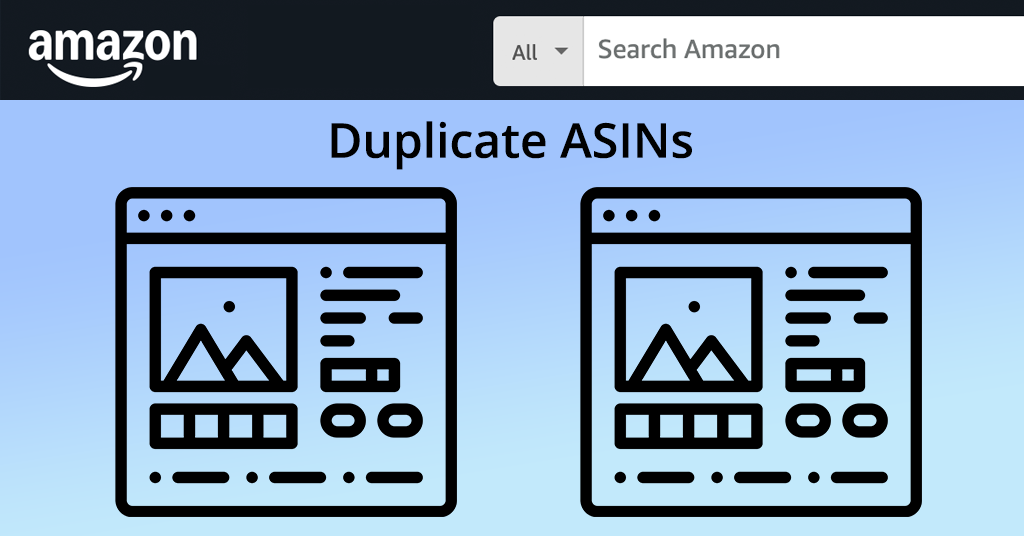If you’ve ever searched for a product on Amazon and noticed multiple listings that look almost identical—same title, same photos, even same brand—you’re not imagining things. This problem, known as duplicate ASINs, happens more often than you’d expect. Many sellers report seeing the same product listed under different ASINs, each sometimes with different UPCs. But why does this happen, and what can sellers do about it?
What Causes Duplicate ASINs on Amazon?
1. Sellers Creating New Listings Instead of Matching Existing Ones
Some sellers, especially newer ones, may not realize they should match their product to an existing listing. Instead, they create a new one—sometimes just to avoid competition. If the UPC used hasn’t been flagged before, Amazon’s system may approve the new listing, even if it’s essentially the same product.
2. Fake or Resold UPCs
There’s a large secondary market for UPCs, and many are not GS1-authorized. Sellers buy these cheap codes online, which can lead to multiple listings for the same item, each with a different UPC. Amazon doesn’t always catch this, particularly in high-volume categories like home goods or apparel.
3. Black-Hat Tactics
Some sellers create duplicate ASINs intentionally. Why?
- To avoid negative reviews tied to the original listing.
- To dominate the Buy Box without sharing traffic.
- To compete under a new brand name or variation while selling the same product.
4. Amazon Catalog Limitations
Amazon tries to maintain a clean catalog, but with millions of SKUs, the system isn’t perfect. Duplicates can slip through, especially for unbranded or private label products. Even after reports, it can take time for Amazon to merge listings.
5. Real Variations That Amazon Allows
In some cases, duplicate ASINs may exist legitimately:
- Same product but with different packaging or quantity (e.g. single vs. 3-pack).
- Slightly different model numbers or bundles.
Why It Matters
Duplicate ASINs can hurt your performance:
- Split reviews: New ASINs don’t carry over reviews from the original.
- Lost traffic: Your listing competes with itself.
- Policy risks: Using incorrect UPCs or creating unnecessary duplicates may violate Amazon’s listing policies.
How GeekSeller Can Help
Many sellers come to us struggling with syncing orders and inventory when products are split across multiple ASINs. Our system helps ensure accurate quantity management and order routing, even when duplicates cause confusion. We work closely with sellers to clean up catalogs and maintain listing integrity across Amazon and connected platforms.
